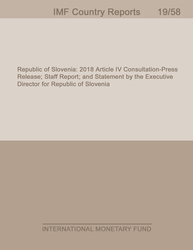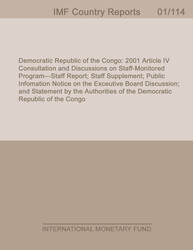
New Zealand: Selected Issues
New Zealand: Selected Issues
READ MORE...
Volume/Issue:
Volume 2024
Issue 123
Publication date: May 2024
ISBN: 9798400275302
$20.00
Add to Cart by clicking price of the language and format you'd like to purchase
Available Languages and Formats
| English |
Prices in red indicate formats that are not yet available but are forthcoming.
Topics covered in this book
This title contains information about the following subjects.
Click on a subject if you would like to see other titles with the same subjects.
Inflation , Labor , Money and Monetary Policy , International - Economics , Environmental Conservation and Protection , Public Policy- Environmental Policy , Emigration and Immigration , supply and demand demand shock , PPI inflation , net migration trend , climate goal , impulse response , Migration , Inflation , Greenhouse gas emissions , Climate policy , Labor markets , Global
Also of interest
Summary
This Selected Issues paper investigates why New Zealand’s inflation is higher and further from target than comparator economies considering two main hypotheses: (1) the persistence of pandemic era shocks, and (2) strong migration inflows fuelling demand. The paper finds that, like in many advanced economies, expansionary fiscal and monetary policy, high global commodity prices, exchange rates, and high maritime transport costs all fed into higher inflation. However, unique for New Zealand, the delayed reopening of the economy likely caused a postponed demand shock relative to similar economies. Results show that the impact of these shocks decay rapidly over time, suggesting positive short-term inflation dynamics. With an eye for what lies ahead, the paper finds that large migration waves are associated with short-run increases in inflation, but that these effects are relatively modest and no longer significant after four years. Instead, the long-run dynamics show evidence that migration can lead to significant long-term gains to productivity, output, and capital growth. Countries with tight labor markets exhibit similar patterns to those without, except the inflationary effects of migration dissipate faster.



